Do you have a question about the Chevrolet VOLT 2018 and is the answer not in the manual?
Controls for power mirrors, windows, and rear window lock.
Adjusts the brightness of the instrument panel.
Controls turn signals and exterior lighting.
Paddle for regenerative braking, located behind the steering wheel.
Displays vehicle speed, range, and other vital information.
Lever to operate windshield wipers and washers.
Button to open the fuel filler door.
Controls for cruise, collision alert, lane assist, and heated steering wheel.
Buttons for audio favorite stations and volume adjustment.
Lever to adjust steering wheel position (tilt/telescopic).
Controls for voice commands and multi-function navigation.
Button to start and stop the vehicle.
Explains various warning lights and indicators on the dashboard.
Activates all turn signals simultaneously to warn others.
Allows selection of different driving modes for performance or efficiency.
Controls for traction, parking assistance, and auto-parking features.
Engages and disengages the vehicle's parking brake electronically.
Ports for charging devices and connecting audio sources.
Explains common dashboard warning lights and status indicators.
Functions of the remote key fob for accessing and starting the vehicle.
Unlocking/locking doors by proximity to the key fob.
Remotely starting the engine to condition the cabin.
Activating the vehicle's alarm and horn for security.
Operation of the push-button start/stop system.
Procedure for starting, stopping the vehicle and its indicators.
Reasons the gasoline engine might start automatically.
How to adjust the steering wheel and front seats for comfort.
Operation powered solely by the electric battery.
Operation using the gasoline engine to extend range.
Combined electric and gas range calculation and display.
How driving habits affect vehicle efficiency and range.
Understanding the dashboard gauge for driving efficiency.
Different modes (Normal, Sport, Mountain, Hold) and their use.
Using steering wheel paddles for regenerative braking.
Explanation of eco, MAX, and Fan Only modes for climate control.
How to use the AUTO function for climate control.
Procedure for clearing windshield and rear window frost quickly.
Using heated seats and steering wheel to save energy.
Accessing energy flow, charging, and info screens on the infotainment.
Displays power flow between battery, electric unit, and engine.
Setting charge limits and modes (immediately, delayed).
Shows energy usage and lifetime fuel economy.
Customizing vehicle features via the infotainment settings menu.
Pairing a phone and using voice recognition via Bluetooth.
Connecting smartphones for enhanced display and features.
Accessing vehicle Wi-Fi hotspot and OnStar services.
Using the vehicle's wireless charging pad for compatible phones.
Information about the lithium-ion battery and its charging.
Estimated charging times for different power sources.
Setting charging modes and limits via the infotainment system.
Understanding the charging status indicators on the instrument panel.
Step-by-step guide to begin charging the vehicle.
Options for immediate or delayed charging based on schedule.
Selecting preferred charging amperage limits.
Steps to safely disconnect the charging cable.
Setting home location for automatic charging behavior.
Information on using 240V home charging equipment.
Procedure for opening the fuel door and refueling.
How the vehicle signals its presence to pedestrians.
How to engage and disengage the electric parking brake.
Caution regarding the vehicle's low clearance and parking.
Contact details and services for roadside assistance.
How OnStar integrates with roadside assistance services.
Using the mobile app for vehicle services and information.
Accessing owner resources and remote commands online.
Controls for power mirrors, windows, and rear window lock.
Adjusts the brightness of the instrument panel.
Controls turn signals and exterior lighting.
Paddle for regenerative braking, located behind the steering wheel.
Displays vehicle speed, range, and other vital information.
Lever to operate windshield wipers and washers.
Button to open the fuel filler door.
Controls for cruise, collision alert, lane assist, and heated steering wheel.
Buttons for audio favorite stations and volume adjustment.
Lever to adjust steering wheel position (tilt/telescopic).
Controls for voice commands and multi-function navigation.
Button to start and stop the vehicle.
Explains various warning lights and indicators on the dashboard.
Activates all turn signals simultaneously to warn others.
Allows selection of different driving modes for performance or efficiency.
Controls for traction, parking assistance, and auto-parking features.
Engages and disengages the vehicle's parking brake electronically.
Ports for charging devices and connecting audio sources.
Explains common dashboard warning lights and status indicators.
Functions of the remote key fob for accessing and starting the vehicle.
Unlocking/locking doors by proximity to the key fob.
Remotely starting the engine to condition the cabin.
Activating the vehicle's alarm and horn for security.
Operation of the push-button start/stop system.
Procedure for starting, stopping the vehicle and its indicators.
Reasons the gasoline engine might start automatically.
How to adjust the steering wheel and front seats for comfort.
Operation powered solely by the electric battery.
Operation using the gasoline engine to extend range.
Combined electric and gas range calculation and display.
How driving habits affect vehicle efficiency and range.
Understanding the dashboard gauge for driving efficiency.
Different modes (Normal, Sport, Mountain, Hold) and their use.
Using steering wheel paddles for regenerative braking.
Explanation of eco, MAX, and Fan Only modes for climate control.
How to use the AUTO function for climate control.
Procedure for clearing windshield and rear window frost quickly.
Using heated seats and steering wheel to save energy.
Accessing energy flow, charging, and info screens on the infotainment.
Displays power flow between battery, electric unit, and engine.
Setting charge limits and modes (immediately, delayed).
Shows energy usage and lifetime fuel economy.
Customizing vehicle features via the infotainment settings menu.
Pairing a phone and using voice recognition via Bluetooth.
Connecting smartphones for enhanced display and features.
Accessing vehicle Wi-Fi hotspot and OnStar services.
Using the vehicle's wireless charging pad for compatible phones.
Information about the lithium-ion battery and its charging.
Estimated charging times for different power sources.
Setting charging modes and limits via the infotainment system.
Understanding the charging status indicators on the instrument panel.
Step-by-step guide to begin charging the vehicle.
Options for immediate or delayed charging based on schedule.
Selecting preferred charging amperage limits.
Steps to safely disconnect the charging cable.
Setting home location for automatic charging behavior.
Information on using 240V home charging equipment.
Procedure for opening the fuel door and refueling.
How the vehicle signals its presence to pedestrians.
How to engage and disengage the electric parking brake.
Caution regarding the vehicle's low clearance and parking.
Contact details and services for roadside assistance.
How OnStar integrates with roadside assistance services.
Using the mobile app for vehicle services and information.
Accessing owner resources and remote commands online.
| Brand | Chevrolet |
|---|---|
| Model | VOLT 2018 |
| Category | Automobile |
| Language | English |

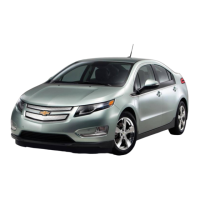
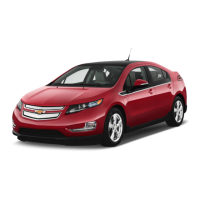
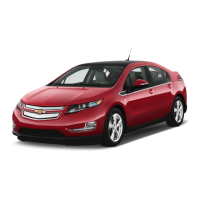
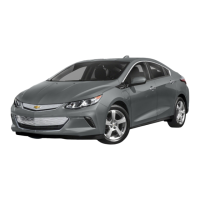
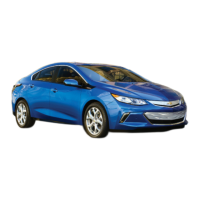
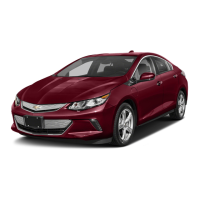
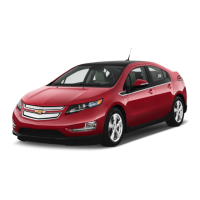
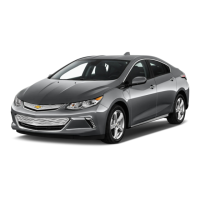
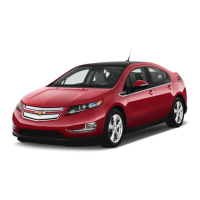
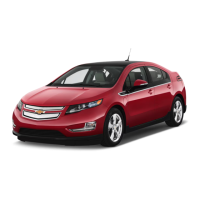

